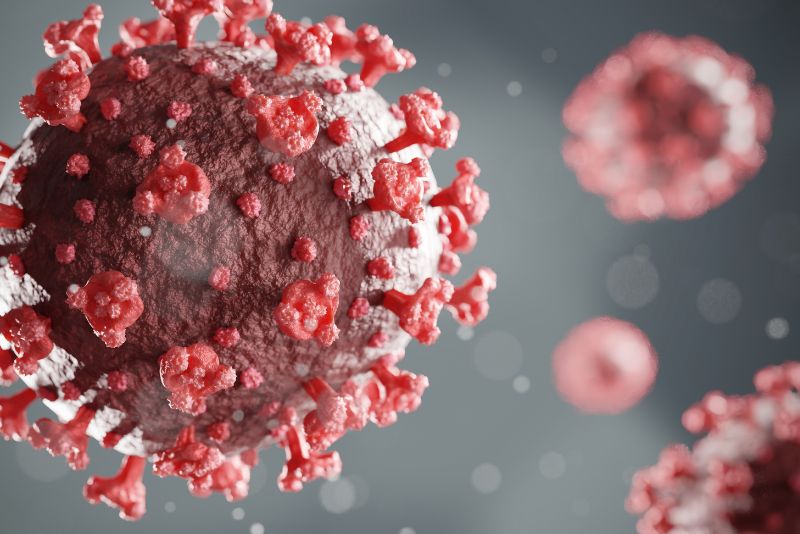The Enigma of Emptiness: A Comprehensive Exploration of Depression

Introduction to Depression

Depression is a chameleon of the psyche, an enigma that presents itself in myriad forms and shades, affecting individuals across the globe irrespective of age, gender, or socioeconomic status. It is a mental health condition that goes beyond the occasional blues; it is a persistent shadow that can darken every aspect of life, from personal relationships to professional aspirations. This essay delves into the depths of depression, unraveling its complexities and the multifaceted approaches to its management and treatment.
At its core, depression is a mood disorder characterized by a prolonged sense of sadness, hopelessness, and a lack of interest or pleasure in activities once enjoyed. It can lead to a range of emotional and physical problems, significantly impairing a person’s ability to function at work and home. The World Health Organization (WHO) recognizes depression as a leading cause of disability worldwide, highlighting its global impact on health and well-being.
The Many Faces of Depression

Depression is not a one-size-fits-all ailment. It manifests in various forms, such as major depressive disorder (MDD), persistent depressive disorder (PDD), bipolar disorder, postpartum depression, and seasonal affective disorder (SAD), among others. Each type has its own set of symptoms and requires a specific treatment approach1.
One of the most insidious aspects of depression is its invisibility. Those suffering from it often wear a mask of normalcy, hiding their struggles from the world. The stigma associated with mental health issues exacerbates this concealment, leading to isolation and a lack of support. It is a silent battle fought in the recesses of the mind, where the enemy is one’s own thoughts and feelings1.
The Science Behind the Sorrow The etiology of depression is complex and multifactorial. It involves a combination of genetic, biological, environmental, and psychological factors. Neurotransmitter imbalances, hormonal changes, and life events such as trauma or stress can all contribute to the onset of depression. It is a condition that intertwines the biological and the psychological, making it a challenging adversary in the quest for mental health.
Navigating the Labyrinth of Treatment

Treating this symptom is akin to navigating a labyrinth; there is no single path to recovery. Treatment plans are highly individualized, often involving a combination of medication, psychotherapy, and lifestyle modifications. Antidepressants, cognitive-behavioral therapy (CBT), and interpersonal therapy (IPT) are among the most effective treatments. However, the journey to remission is often long and requires patience, perseverance, and support2.
The Role of Society Society plays a crucial role in the lives of those battling depression. The support of family, friends, and community can be a lifeline for individuals struggling with this condition. Raising awareness, reducing stigma, and fostering an environment of understanding and acceptance are vital steps toward helping those affected by depression1.
Conclusion

In the intricate tapestry of human emotions, this symptom stands out as a profound challenge that can weave threads of despair into the fabric of life. It is a condition that often remains shrouded in silence, misunderstood by society and sometimes even by those who suffer from it. Yet, as we have explored, depression is not an insurmountable foe. It is a treatable condition, and there is a multitude of pathways that can lead one out of the darkness and into the light of hope and recovery.
The journey through depression is deeply personal and varies from one individual to another. For some, it may be a short sojourn; for others, a protracted battle. But the common thread that binds all these experiences is the possibility of emergence. With the right combination of medical intervention, therapeutic support, and personal resilience, the chains of this symptom can be broken.








![Top 5 Most Powerful Mysterious Creatures Of All Time[Updated 2024]](https://newsdailybeats.com/wp-content/uploads/2024/06/mystery-creatures-1.jpg)
